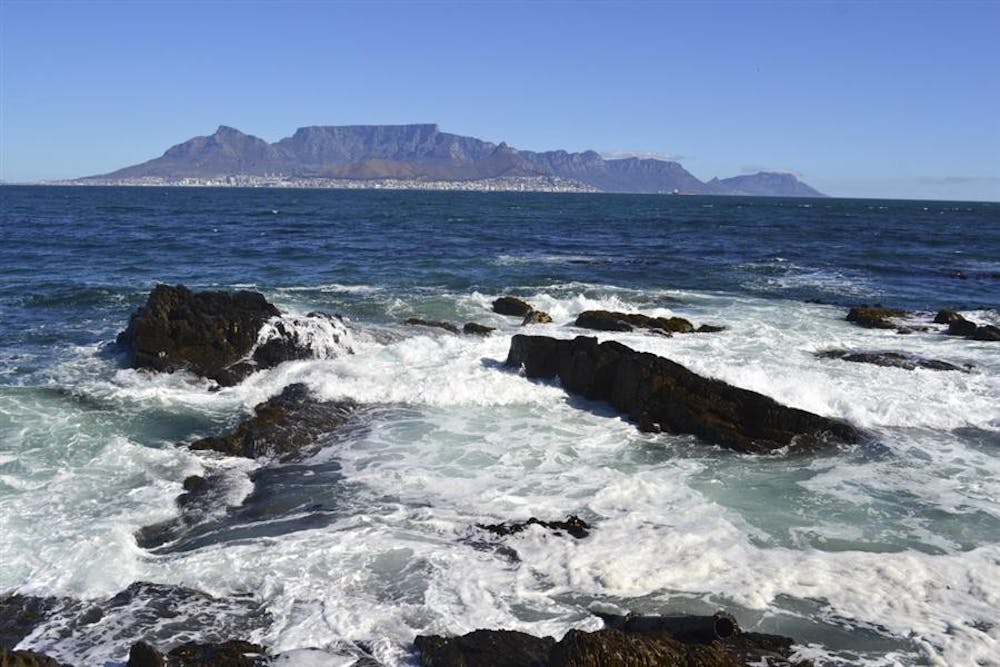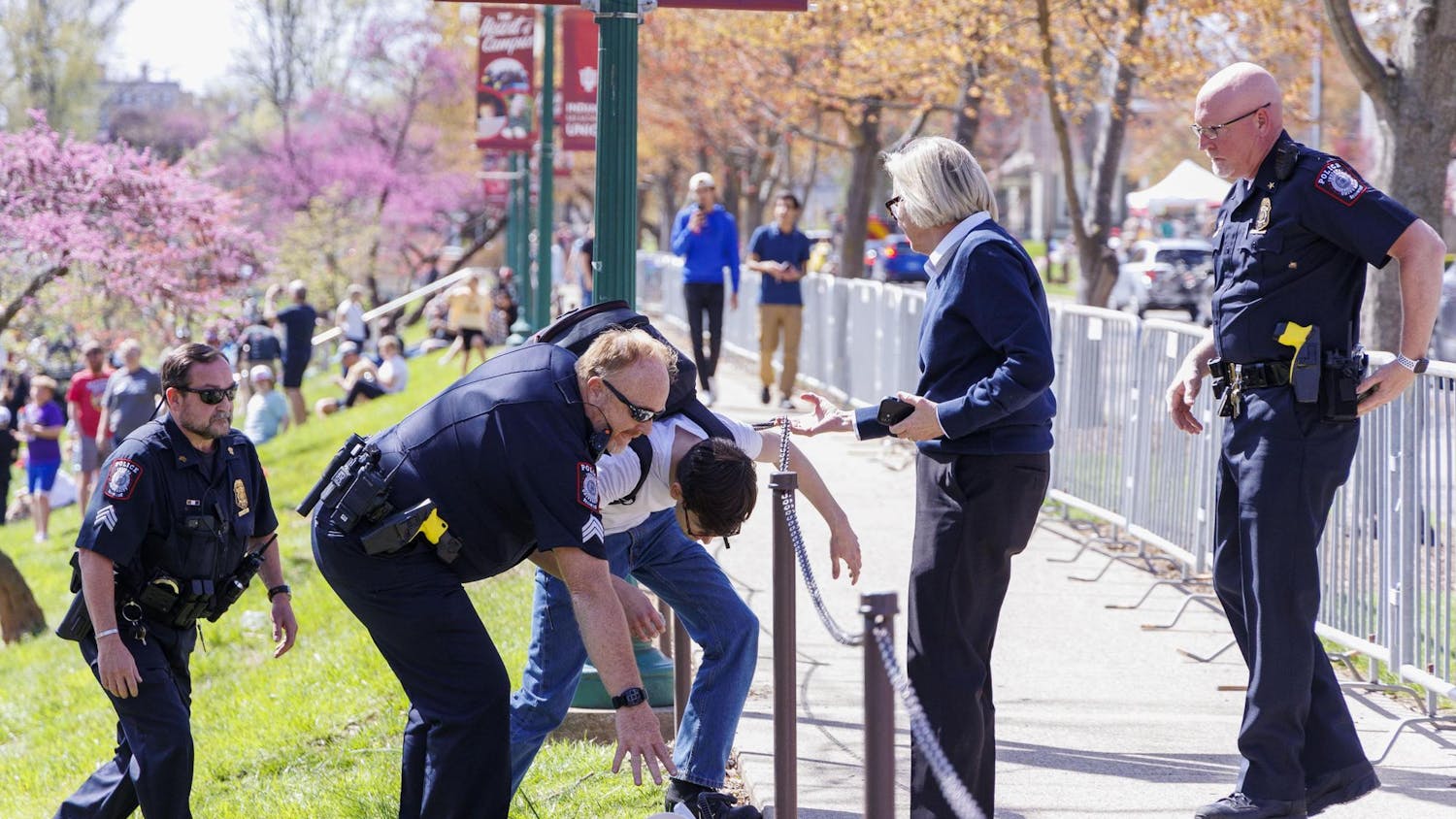Sailing into Cape Town at sunrise had me singing the “Circle of Life”’s Zulu phrases at the top of my lungs as the majestic view of Table Mountain, Lion’s Head and the rest of the luxurious landscape welcomed me to South Africa.
Coming from the poor, cluttered and rundown streets in Ghana, it didn’t seem like we could be in the same continent.
After a 3,000-foot and two-hour StairMaster-like hike to the top of Table Mountain, I could see the entire region, which filled me with a sense of total liberation.
Like Simba, I felt as though the entire kingdom had just been passed down to me. And, like Simba, I was proud that Pride Rock was mine.
Infinite sources of fantastic flora, fauna and fortune are visible from Cape Town’s famous landmark.
Determined to see this new place, I visited Robben Island the next morning. Traveling about seven miles by ferry, I was again astounded by the splendor of the city as seen from the island.
There I was, viewing the breathtaking sights that made me feel most liberated while I visited Nelson Mandela’s prison cell, where he was held for 18 of his 27 years in isolation.
The juxtaposition of my freedom and Mandela’s emancipation after exercising free speech and fighting for equality made me think that not everything could be as it seemed.
Known as the “father of South Africa,” Mandela started the African National Congress, became the first black president in South Africa and advocated for an end to apartheid without violence, combating inequality and apartheid by winning the hearts of his people.
How could 18 years of staring at the most splendid sights through the bars of a small cell not shroud Nelson’s hope for equality?
I felt inspired by Mandela’s devotion to ending South Africa’s poverty and segregation after he was imprisoned for so long.
It was no coincidence that the Dutch put the rich white folk downtown and hid the prisoners miles away from the shore to help maintain a false appearance of peace.
The contradictory feelings — from being ruler of the kingdom at the top of Table Mountain to being a jailed prisoner at Robben Island — don’t seem easy to resolve.
Not only did I recognize the importance of never losing hope in moral messages, such as Mandela’s of equality and respect through peace, I also realized I must not come to my own conclusions so easily.
When I arrived at Cape Town, the sights, the waterfront shopping mall and the exquisite scenery took me aback.
However, there are many more details woven into the colorful African fabric.
Apartheid influences still exist, and unemployment affects about 40 percent of South Africans in Cape Town. The kind of nation Mandela fought for through 27 years behind bars requires effort from every citizen.
It is easy for a visitor to see the rich, gorgeous waterfront and conclude that all is well.
However, when looking past the magnificent views of Table Mountain, one can see leftovers of impoverishment and apartheid that linger defiantly to keep part of South Africa’s splendor imprisoned.
There is plenty of work to be done to honor Mandela’s message, end racial segregation and promote peace.
— espitzer@indiana.edu
Column: Contradiction in Cape Town

Get stories like this in your inbox
Subscribe





